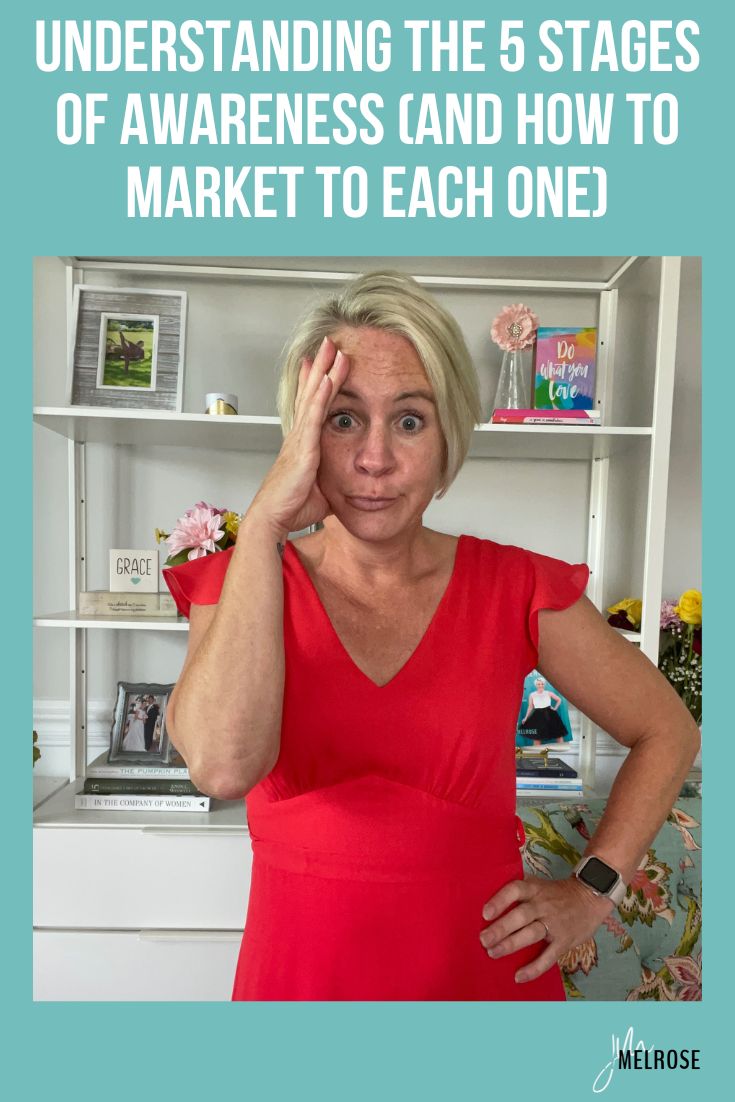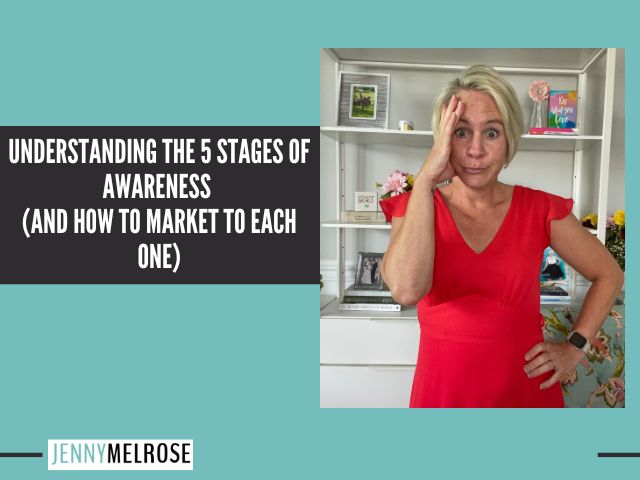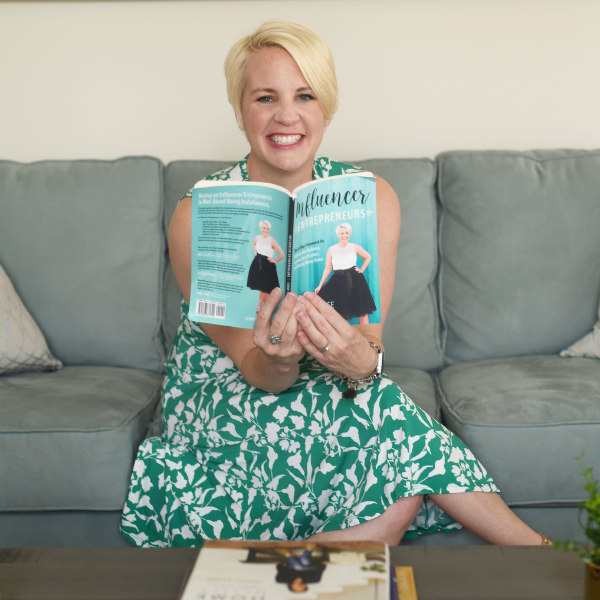Learn the 5 stages of awareness and how to tailor your marketing strategy for each one. From completely unaware to ready-to-buy, this guide shows you how to reach your audience with the right message at the right time.
IE 448: Understanding the 5 Stages of Awareness (and How to Market to Each One)

What Are the Stages of Awareness?
As entrepreneurs and content creators, we often find ourselves frustrated when our content fails to convert browsers into buyers.
We publish blog posts, record podcasts, and create videos, yet struggle to understand why all this effort doesn’t translate into sales.
The missing link might be a fundamental marketing concept: the Five Stages of Awareness.
This framework, introduced by Eugene Schwartz, helps us understand where our audience is in their journey and how to create content that meets them exactly where they are.
Unaware
The first stage is “Unaware,” where potential customers don’t even recognize they have a problem.
They’re not searching for solutions because they don’t know they need one.
At this stage, you need to focus on creating content that addresses their baseline experiences—the symptoms they might be experiencing without understanding the underlying issue.
For example, if you help people with perimenopause, instead of jumping straight into hormone talk, create content about feeling tired or moody without explaining why.
This creates an initial connection where they think, “Yes, that’s exactly how I feel!” Similarly,
if you’re in homesteading, don’t start with advanced techniques; begin with simple problems like dealing with garden bugs.
The goal here is to establish a relationship and build awareness through relatable content that speaks to their current experience.
Problem-Aware
The second stage is “Problem Aware,” where your audience recognizes they have an issue but doesn’t know you exist as a solution provider.
This is where search-optimized content becomes crucial.
They’ll be actively searching for answers, so your blog posts, podcasts, and videos need to be discoverable through the keywords they’re using.
Continuing our homesteading example, someone might search “how to get rid of tomato plant bugs” – you want your content to show up, demonstrating that you understand their problem.
This stage is all about visibility and positioning yourself as someone who gets what they’re going through.
Solution-Aware
The “Solution Aware” stage marks a significant shift.
Now, your audience knows they have a problem and that solutions exist, but they’re evaluating options.
Your content needs to not just identify the problem but clearly explain how to solve it.
Rather than just explaining why bugs attack tomato plants, you’ll now provide actionable steps to eliminate them.
This demonstrates your expertise and begins positioning you as their go-to resource.
Product-Aware
The transition from here to the next stage, “Product Aware,” happens when you introduce your specific product or service as the ideal solution.
Instead of just giving free advice, you begin showing how your particular offering packages everything they need in one convenient solution—whether that’s a digital product, course, or membership program that addresses their problem comprehensively.
Most Aware
The final stage is “Most Aware,” where potential customers know your solution exists and are seriously considering purchasing.
At this point, they need reassurance that your offering will work specifically for them.
This is where testimonials, case studies, and myth-busting content are most effective.
Use email sequences to address common objections, showcase success stories, and provide that final nudge toward making a purchase decision.
Why Understanding Awareness Stages Changes Everything
Remember that people enter your funnel at different awareness stages, so your content strategy must cater to each level.
Examine your current content—are you focusing too heavily on one stage while neglecting others?
By creating targeted content for each awareness stage and using appropriate language on landing pages and in sales copy, you can efficiently move prospects through your funnel and convert more of them into loyal, paying customers.


